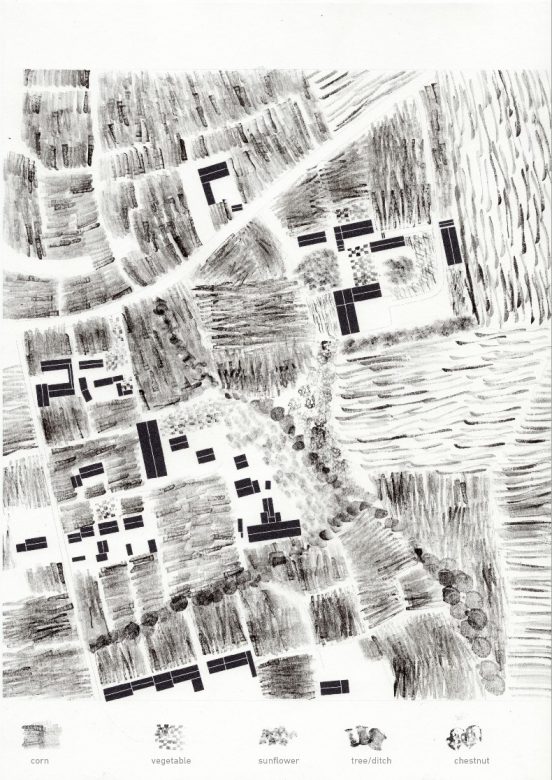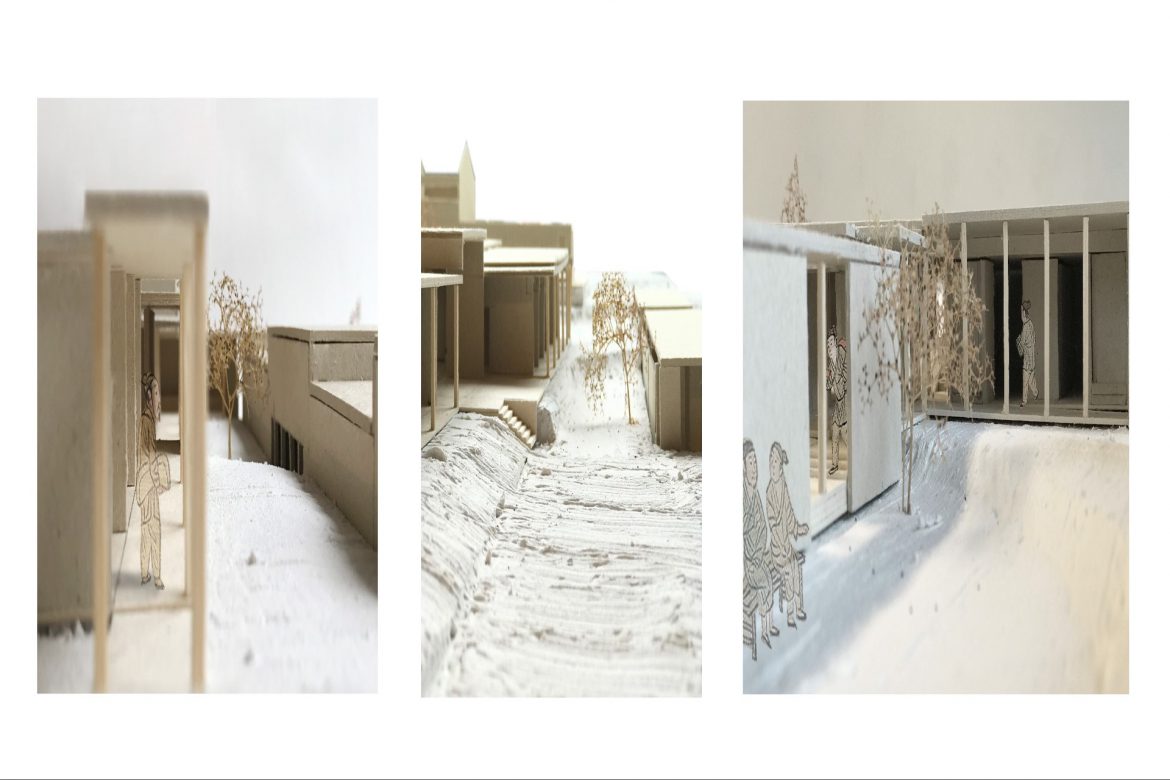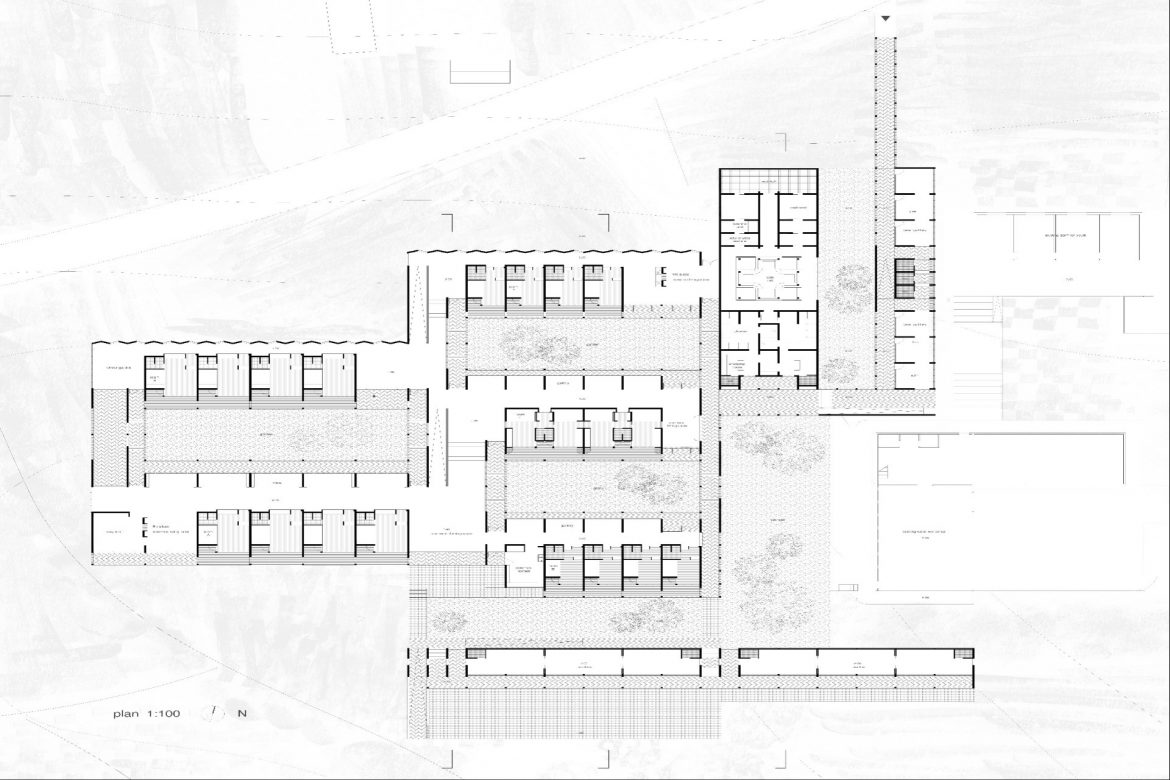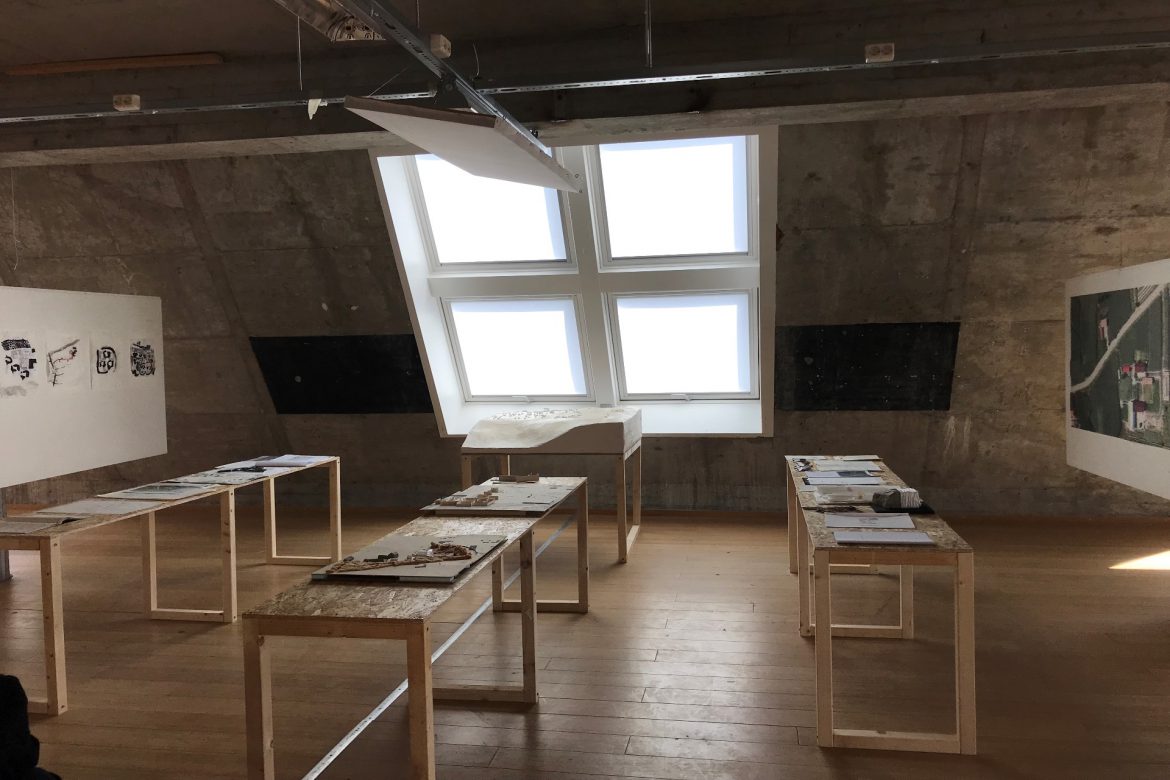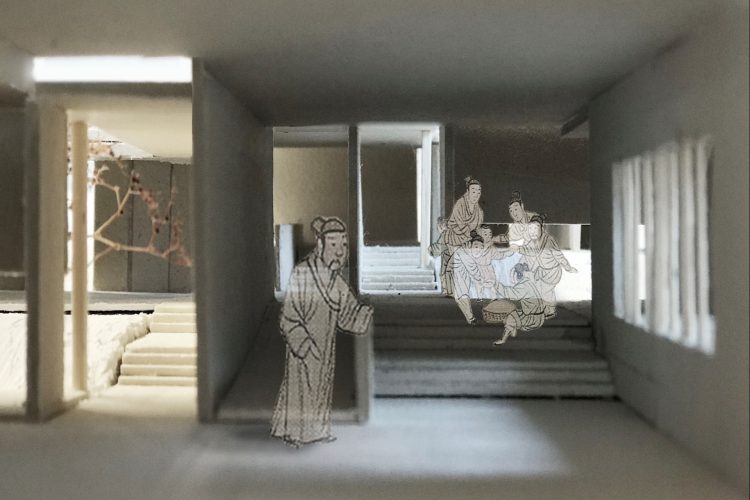
In China, nowadays, the elderly whose children have left the household are commonly referred to as “empty nesters”. They stay mostly at home and become very lonely .There are three major factors that contribute to the more serious empty nest issues in Chinese families: population ageing, one-child policy families, and urban migration. At the same time, the existing elderly institutes or communities are poorly designed and the opportunity of activity are limited. Therefore, I propose a dynamic living community for elderly in China for them to retreat , to learn and to teach to spread their knowledge.
The learning progress will focus on the Chinese traditional craft making that the young generation are increasingly interested in and have passion to learn. With an aging population it becomes more and more urgent for the younger generation to have the opportunity to learn from the older generation.
The site I have choosen for this dynamic retirement community is in a small village called YiShenchang in northeastern China, At this village there is a wood workshop that I have stayed for half year to learn the Chinese traditional carpentry from the elderly master. This site is chosen as an example that has elements consisting of beautiful nature for retreat and existing traditional craft culture as a starting point.
The design is focused on the psychological and physical consideration of the elderly, in addition, the connection with the landscape and the village. Accessibility, playfulness, social interaction, landscape, vernacular language are the key words.
